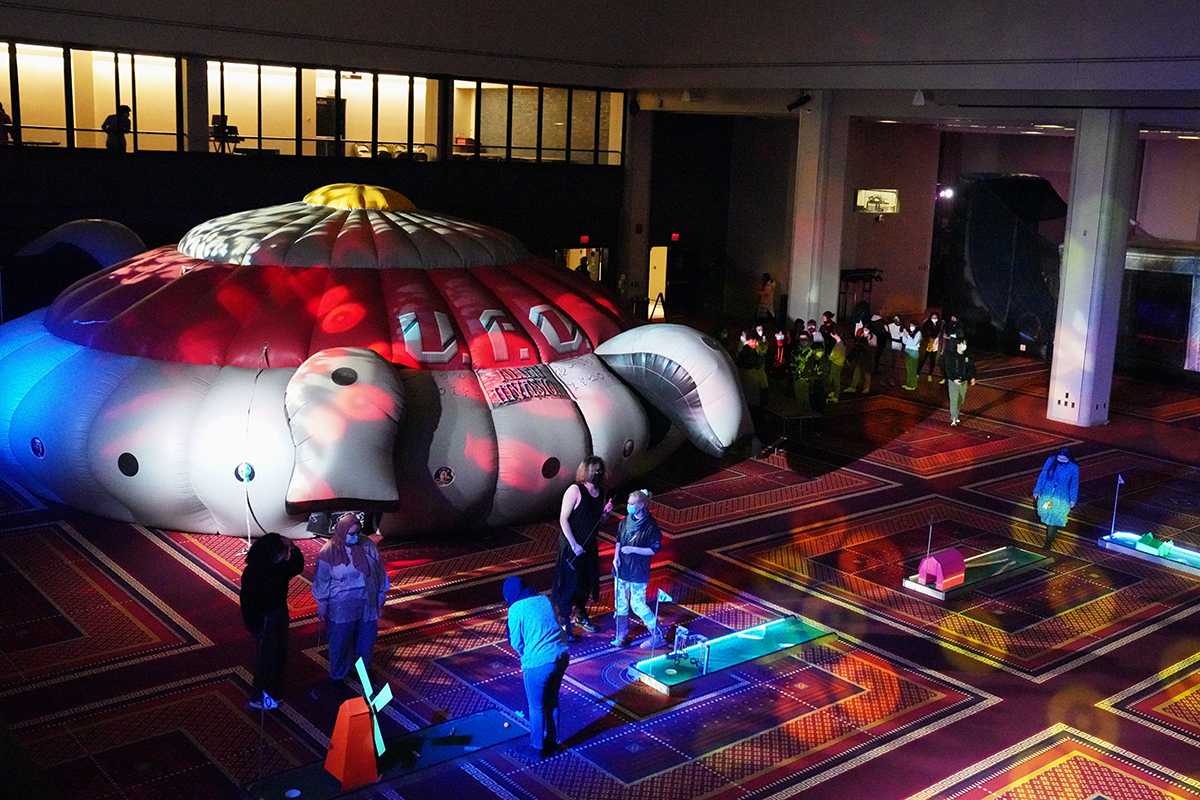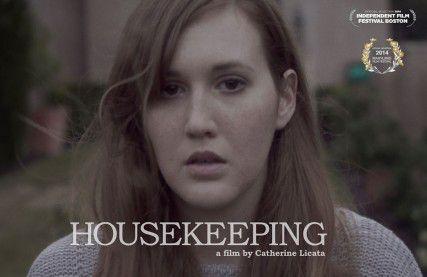It’s slightly awkward to use the term “new age” to describe psychedelic rock, a genre so conceptually and musically rooted in the ‘60s culture of bell-bottom jeans, Jimi Hendrix and hallucinogens. But that’s exactly what Unknown Mortal Orchestra embodies: a new, fresh sound that arcs toward the older vibe of psych-rock.
When Unknown Mortal Orchestra took the stage at about 10:15 p.m., the crowd at Brighton Music Hall was relatively modest and spread out. A glance toward the door after a song or two, however, revealed a floor packed and significantly cozier. The band is truly fun to hear and watch. Starting off with “The Opposite of Afternoon,” UMO launched into a set that included a balanced selection of tracks from their February LP, II, and their 2011 self-titled debut.
UMO immediately brought a far-out, lo-fi vibe to the stage, and their all-black outfits fittingly reflected the darker shade of psychedelic rock they have seemed to master. It is easy to see where the Hendrix, Led Zeppelin and Cream influences are drawn from in UMO’s sounds, but the band adds a lo-fi cosmic flavor that makes this new age psych-rock sound their own. As UMO launched into their third song, “Thought Ballune,” the only thing keeping their spacey jams grounded was the large dose of heavy-hitting, albeit trippy and distorted, rock n’ roll that they injected into the entire live show. Toward the end of the song, lead singer and guitarist Ruban Nielson and bassist Jake Portrait sat down (literally) to allow for drummer Riley Geare — who actually sported a bit of the John Bonham look — to deliver a blistering, exhilarating drum solo.
The solos and small jam sessions really made the show. Some were full of melodic blues, while others emitted intense, drawn-out, brash rock n’ roll. But they never sounded the same. Nielson proved to be an animated and exciting frontman with jerky dance moves like an over-energized Michael Jackson. During distorted guitar solos, he kneeled, bent and contorted to match the spiraling twists and turns of his music.
Throughout their set, UMO provided a great example of how this kind of music should translate to the stage: with more experimentation and more energy. UMO’s live performance was a little less refined than their studio work, but certainly more exciting. Melodic music that was quite chill on the album really came to life on stage, where it became electrified and fervent. Though most tracks on UMO’s two albums are only three-to-five minutes long, almost every song performed live seemed about a minute longer due to experimental solos and jams instigated by Nielson.
UMO closed the first part of their set with the catchy “So Good at Being in Trouble,” and they left the packed and wildly cheering crowd with the ending distortions flowing through the amplifiers for a few minutes. Nielson returned alone, and began the three-song encore with a beautiful, acoustic-but-plugged-in rendition of “Swim and Sleep.” Portrait and Geare then joined him and UMO jammed through crowd favorite “FFunny FFrends” before ending the night with a crazy rendition of “Boy Witch.”
The very end of their set was really a culmination of everything that makes UMO a new age psych-rock band. Trippy rock n’ roll, blues and funk were all weaved together to create a lovely distorted mess. Nielson ditched his possibly broken acoustic guitar halfway through the song, trading it in for the red electric, and he and Portrait proceeded to layer screeching and howling distortions on top of the fervent guitar.
UMO’s set clocked in at only a few minutes over an hour, but the band was visibly exhausted by the end of its performance. It was a set where talking was sparse, music and energy was plenty, and one where UMO proved that they aren’t trying to emulate the old-school days of psych-rock and blues. They are psychedelic rock, and they’re keeping it classic while making it new, futuristic and great.





















































































































